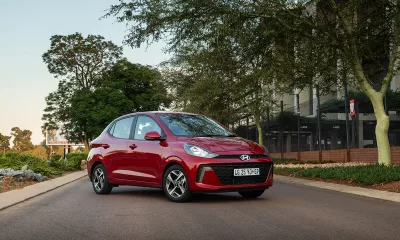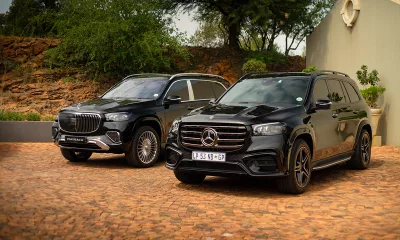If you are a bakkie manufacturer and/or importer in South Africa, you need to have a single-cab workhorse among your local offerings. South Africa is, after all, one of the largest single-cab markets in the world, and now Mitsubishi has taken the opportunity to benefit from this fact.
The previous Colt single cabs were much-loved vehicles on our market and Mitsubishi hopes that the new range will be similarly well received.
As before, the ladder-frame chassis was originally developed for double cab purposes followed by the clubcab design and now the single cab. As can be expected, the single cab is aimed at individuals looking for a workhorse as well as fleet buyers. Having said that, Mitsubishi has done its research, and although the Triton single cab is priced in line with its competitors, there are a few standard features that might come as a little surprise to those accustomed to the often spartan affairs that are single-cab workhorse bakkies. These include driver and passenger airbags, ABS with EBD and air-conditioning on all but the base model; features that not all of its competitors offer at this price.
The initial model line-up kicks off with the GL, which is equipped with the same 2,4-litre MPi petrol engine (97 kW/202 N.m) that does service in the double-cab. This is followed by the GLX, which adds power windows, central locking and air-conditioning.
The well-known 2,5-litre Di-D turbodiesel engine (also from the double-cab) develops 100 kW/314 N.m and features a rear-differential lock as standard. All three models are mated with a five-speed manual gearbox.
Interior
It’s a workhorse, so the interior is durable and basic. The seating set-up comprises driver and passenger seats with three-point seat belts and a middle passenger pew. Those seated on the middle perch will have a hard time finding a suitable resting place for their legs though, but at least there is a two-point seat belt – an important feature in a country where one regularly sees three people sitting in the front of a bakkie.
On the road
As can be expected, the 2,4-litre petrol engine needs high revs to achieve any suitable amount of acceleration. It is the turbodiesel that has the most punch, though. With almost the same power output as the petrol unit, but with an additional 112 N.m of torque, it pulls more strongly than the petrol in every gear. Even on the open road (if you time your overtaking manoeuvre well) you can leave it in top (fifth) gear without having to downshift. As with the Triton double- and clubcab versions, the shift action has a solid and mechanical feel. All models come standard with Mitsubishi’s high rider suspension to improve ground clearance.
Summary
In terms of sales volumes, this is possibility the most important vehicle for Mitsubishi’s local arm. The specification level is favourable when compared with its competitor and the range offers the most important models from the get-go. It is, however, safe to assume that more models will join the single-cab range in the near future.
Specifications:
Model: Mitsubishi Triton SC
Engine: 2,4-litre, four-cylinder, petrol (2,5-litre four-cylinder, turbodiesel)
Power: 97 kW at 5 250 r/min (100 kW at 4 000 r/min)
Torque: 202 N.m at 4 000 r/min (314 N.m at 2 000 r/min)
0-100 km/h: n/a
Payload: 1 tonne
Fuel consumption: n/a
Fuel tank capacity: 75 litres
CO2: n/a
Top speed: n/a km/h
Price: GL: R179 900, GLX: R189 900 (R239 900)
Maintenance plan: 5 years/75 000 km (5 years/70 000 km)
Service intervals: 15 000 km (10 000 km)
Follow the author on Twitter.













